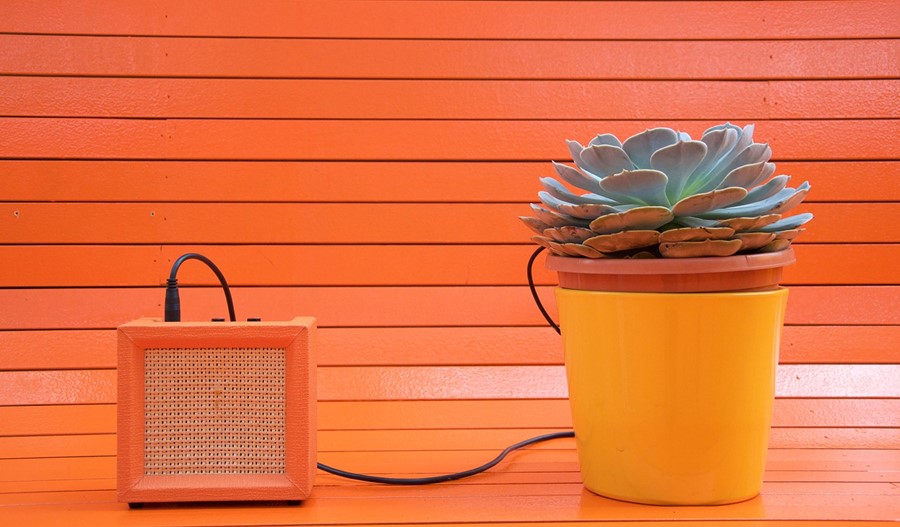The LA-based artist, famed for crafting sonic succulents, tells us about her exciting new residency at London's Second Home
Just as the 80s had leg warmers and the 90s had Blur, people will glance fondly back at the 00s and reminisce at how you couldn’t enter a workplace or apartment without being greeted by endless potted succulents. From cacti to crassula, these rubbery green pots of joy have unwittingly come to define an era. With that in mind, LA-based artist Adrienne Adar has been invited to do a two-month residency at east London’s Second Home on just that. The space – which day-to-day resembles a space-age Hogwarts for entrepreneurs – is a creative hub that invites fascinating minds from all over the world to come and take up residencies, host workshops and talks or simply just use the space as a studio.
Adar has been invited to take up a residency as part of their Biophilia programme that runs until the end of October. The programme sees names such as super/collider, Satish Kumar, The School of Life and others host talks, trips, screenings and workshops all around the theme of how humans interact with nature. What Adar is keen to do is to take the household plants we usually keep as decorations in our houses purely for aesthetic reasons, and remind us of their beauty and life. “This work is about the subconscious energy plants bring - whether you consciously acknowledge it or not, their presence is affecting you and changing your relationship to the environment,” says Adar. “We know the science and biology of plants but it doesn’t mean we know everything about them, there’s a real magic to that.”

Adar, who lives and works in LA, studied photography and new media in New York and has been exhibiting her work and curating that of others across the world in a huge range of shows ever since. By connecting them to small speakers, Adar transforms potted cacti and succulents into musical instruments that release pops, crackles, beats and strums when touched by human hands. The Sonic Succulents not only invite people to touch the spines of cacti, but also to imagine the silent sounds the plants are making when being caressed and question our audio visual and sensory relationship with plant-life. “By using sound to further activate the plant's alive qualities, our relationship to them is heightened,” Adar says. “I have constructed a sensor that translates the touching of a plant into being able to hear what it is physically feeling on the inside when it is being touched or affected by wind, rather than what we usually hear when we hear leaves rustle in the wind for example.”
Adar’s cacti will be on show at London’s Second Home throughout September and October.
